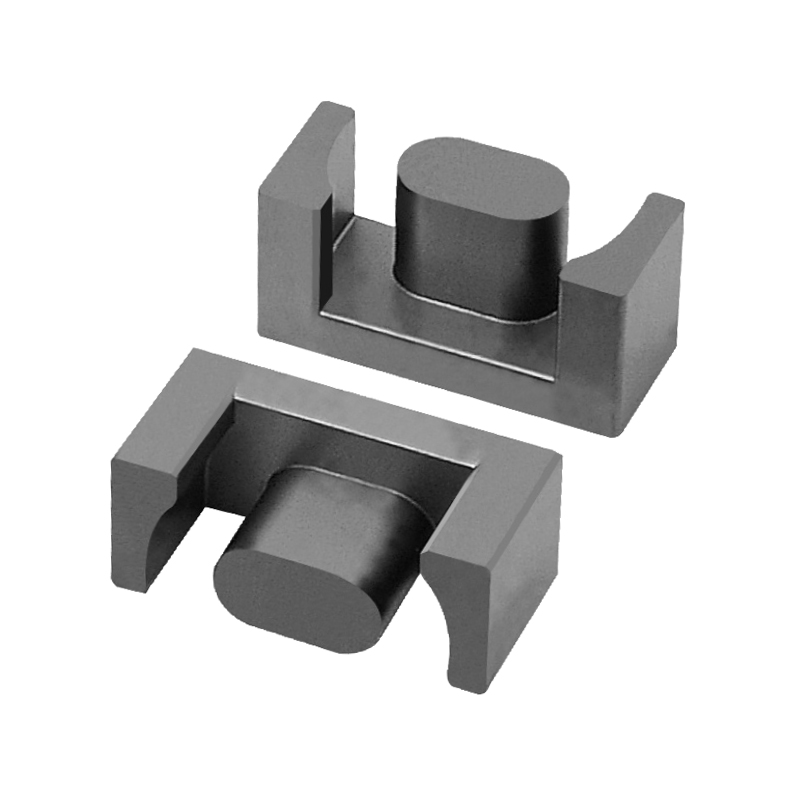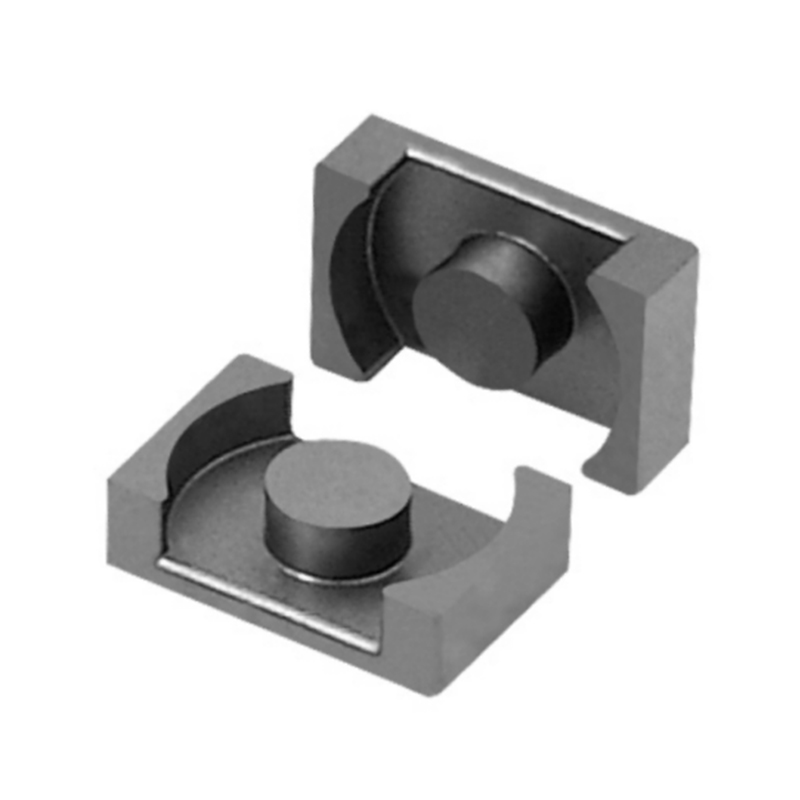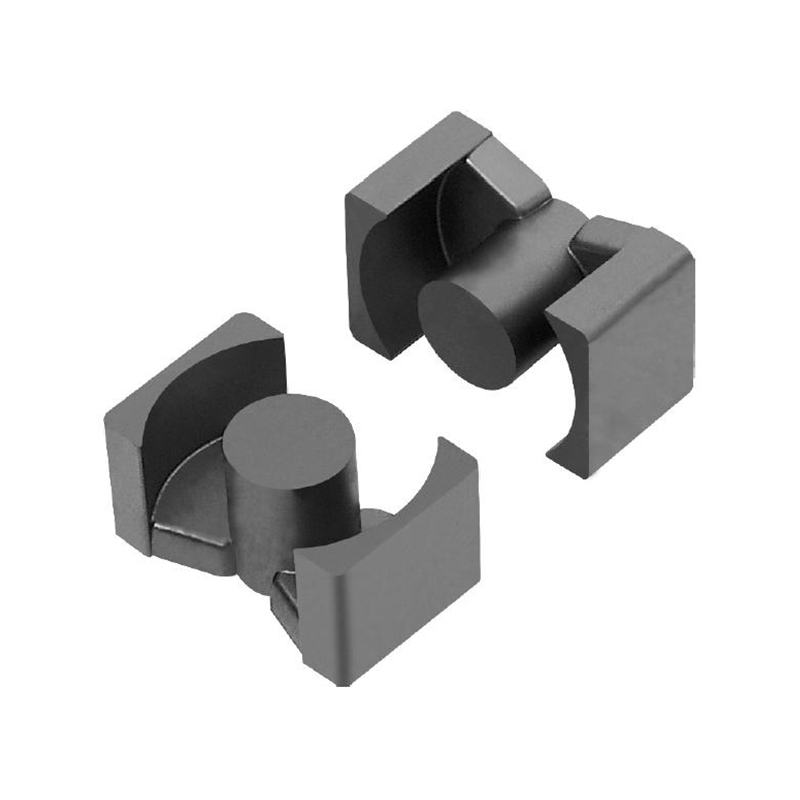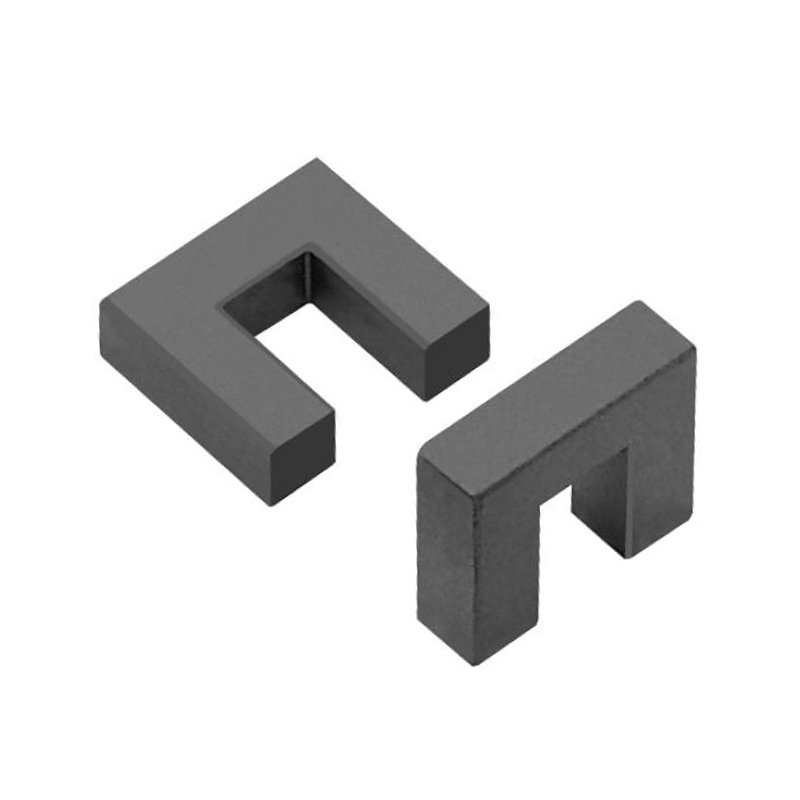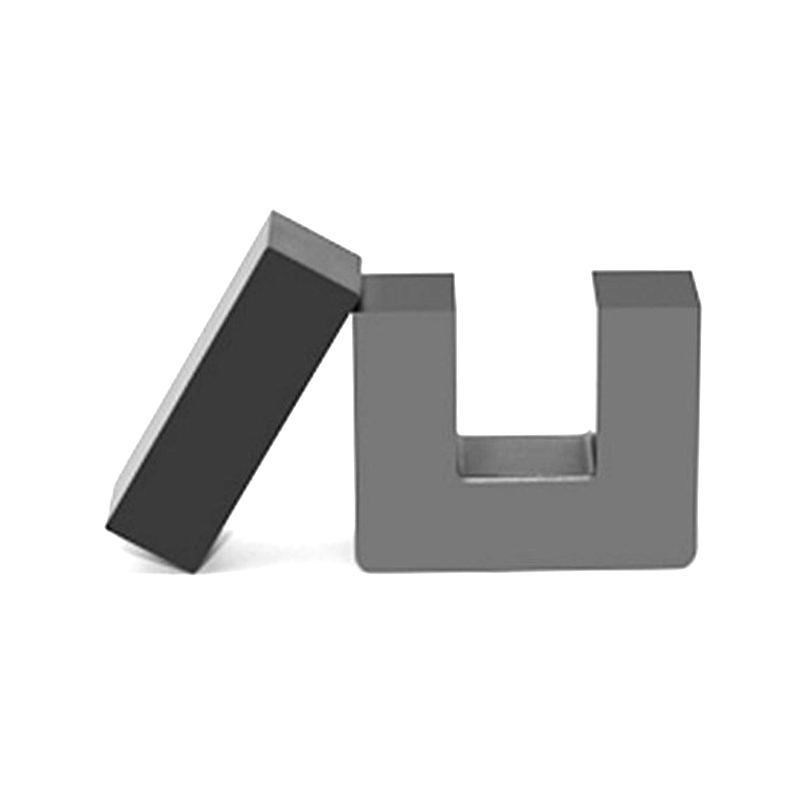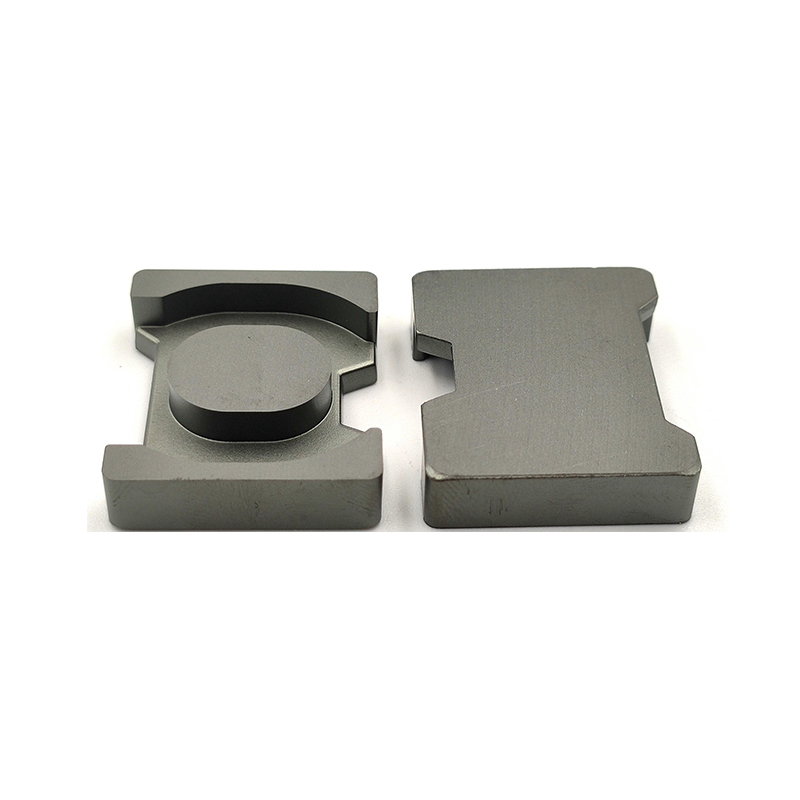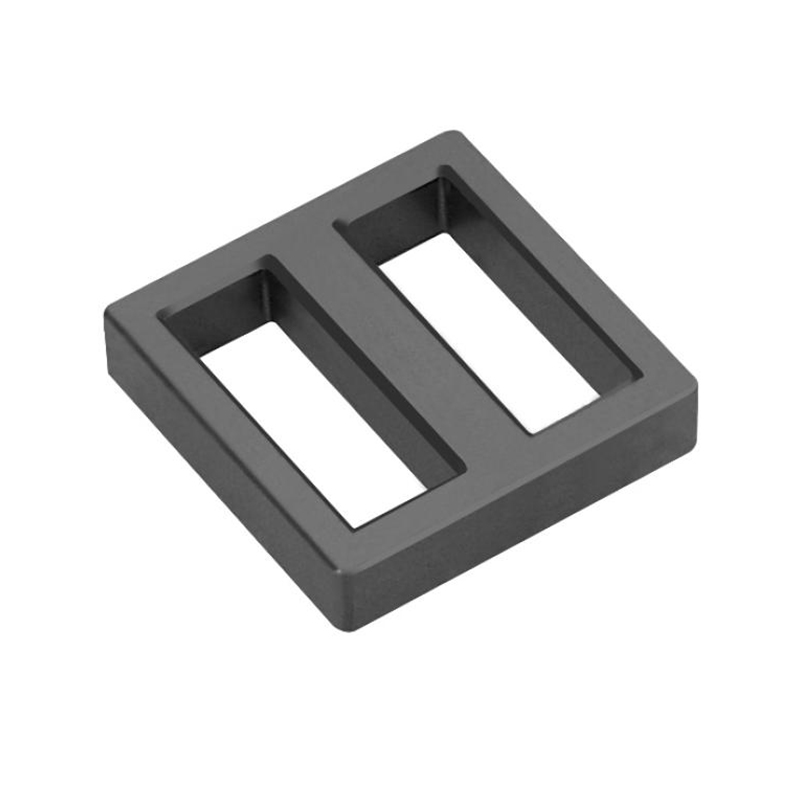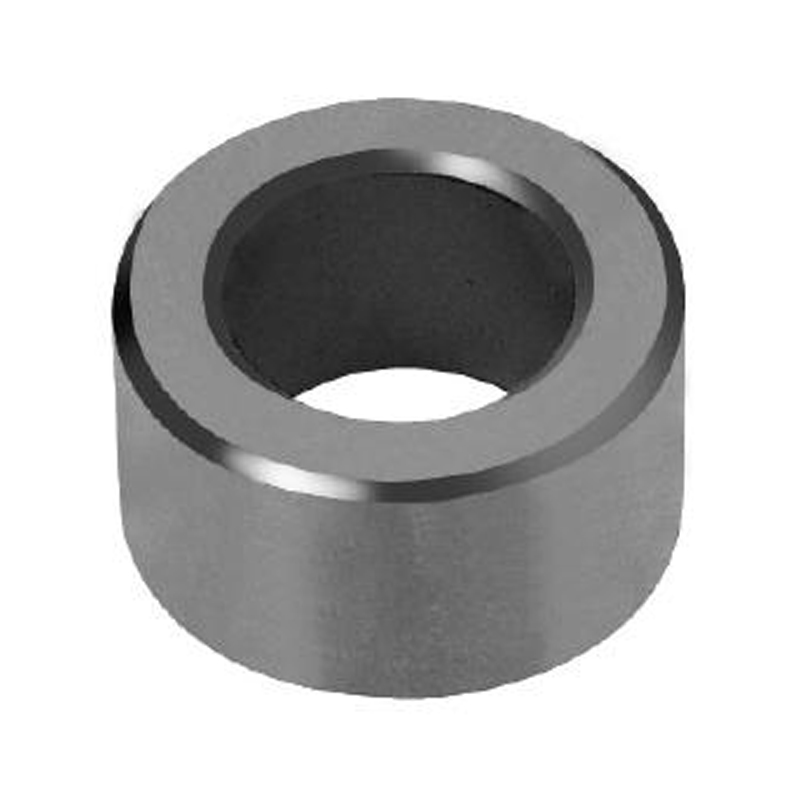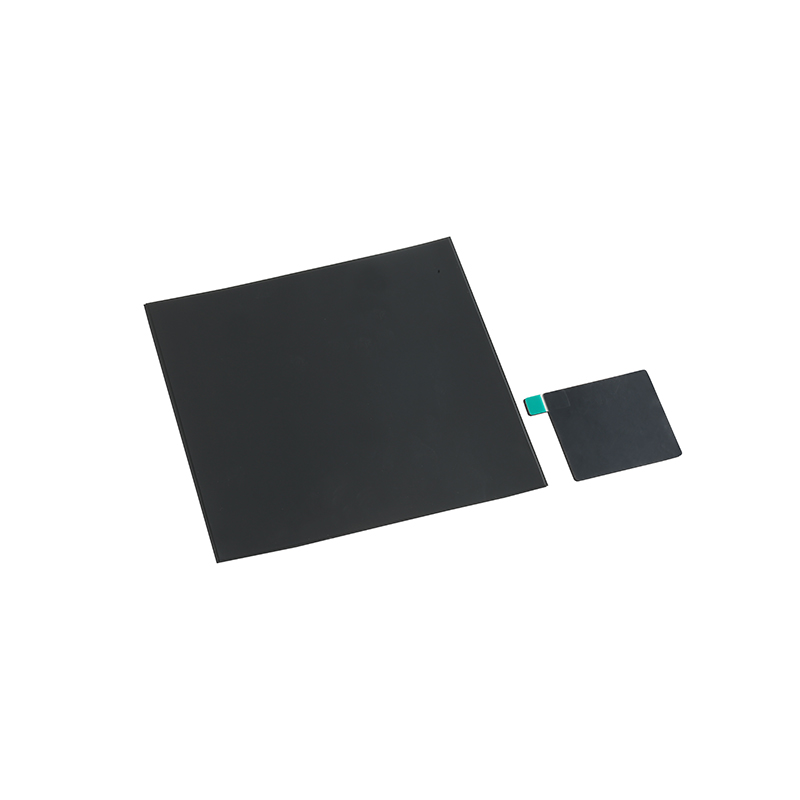How does MnZn ferrite core material help in reducing eddy current losses?
In the domain of electromagnetic applications, the reduction of eddy current losses is paramount to optimizing the performance and efficiency of devices such as transformers, inductors, and electrical motors. Among the array of materials used for this purpose, Manganese-Zinc (MnZn) ferrite cores have emerged as a preferred choice due to their distinct properties that effectively minimize energy dissipation.
Eddy currents, which are localized currents induced within conductors by changing magnetic fields, contribute significantly to energy losses in magnetic materials. These currents create opposing magnetic fields that generate heat, thus undermining the system’s efficiency. The ability of MnZn ferrite materials to mitigate these losses lies in their unique magnetic properties and material composition.
The Role of MnZn Ferrite Core Material
MnZn ferrites are a class of soft magnetic materials primarily composed of manganese, zinc, and iron oxides. Their high magnetic permeability and low electrical conductivity are fundamental in curbing eddy current formation. The key aspects of MnZn ferrites that contribute to their efficacy in reducing eddy current losses include:
High Resistivity: The high electrical resistivity of MnZn ferrite materials significantly impedes the flow of eddy currents. Unlike traditional metals, which allow electrons to flow freely, the insulating nature of ferrites confines these currents within smaller regions, reducing their intensity. This results in lower energy dissipation and improved overall efficiency.
Fine-Grain Structure: MnZn ferrites are often manufactured with a fine-grain structure, which enhances the magnetic properties of the material. This granular composition not only improves the core's performance under alternating magnetic fields but also contributes to reducing the pathways through which eddy currents can circulate, further minimizing losses.
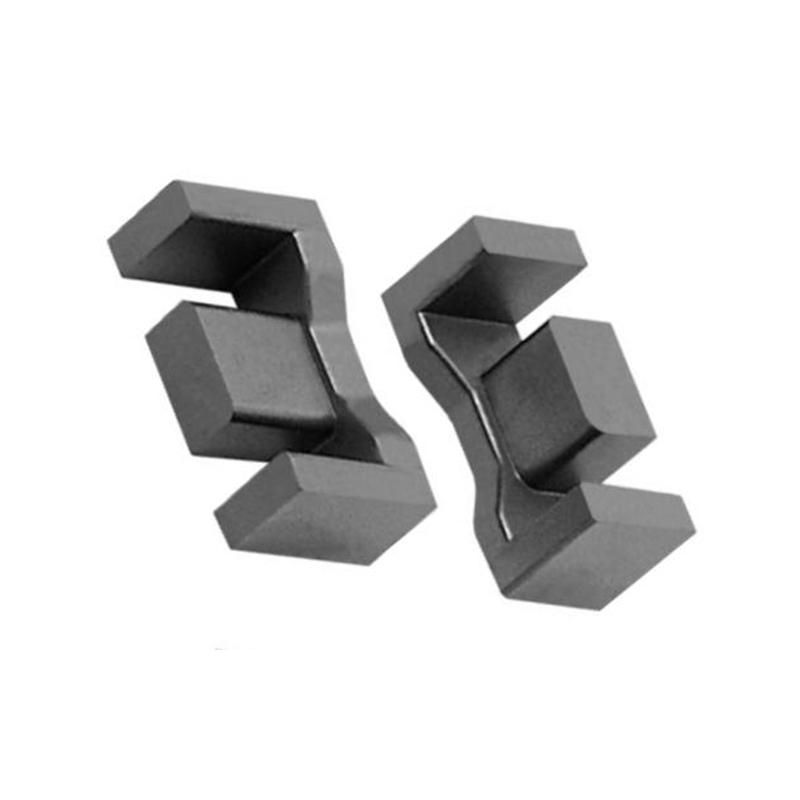
Magnetic Permeability: The high magnetic permeability of MnZn ferrites means they can support a greater magnetic flux without becoming saturated. By facilitating the efficient transfer of magnetic energy, these materials reduce the need for high current densities, thereby limiting the magnitude of induced eddy currents and the heat they generate.
Frequency Dependence: MnZn ferrites are particularly effective at higher frequencies, where eddy currents are more pronounced. Their performance improves as the frequency of the magnetic field increases, making them ideal for high-frequency applications such as transformers and inductors in power electronics. The ferrite cores' resistance to high-frequency losses is a direct result of their material properties, which diminish eddy current formation in such conditions.
Lower Core Losses: Core losses, which encompass both hysteresis and eddy current losses, are considerably reduced when using MnZn ferrite materials. These materials exhibit low hysteresis loss, which, when combined with their exceptional ability to reduce eddy currents, enhances the overall efficiency of the magnetic device.
MnZn ferrite core materials are indispensable in the fight against eddy current losses in various electromagnetic applications. Through a combination of high resistivity, fine-grain structure, optimal magnetic permeability, and frequency-dependent properties, these ferrites provide an effective solution to the challenges posed by eddy currents. By utilizing MnZn ferrites, engineers and designers can significantly improve the efficiency and longevity of devices that rely on magnetic fields, ensuring reduced energy waste and better performance in both low and high-frequency applications.

 中文简体
中文简体